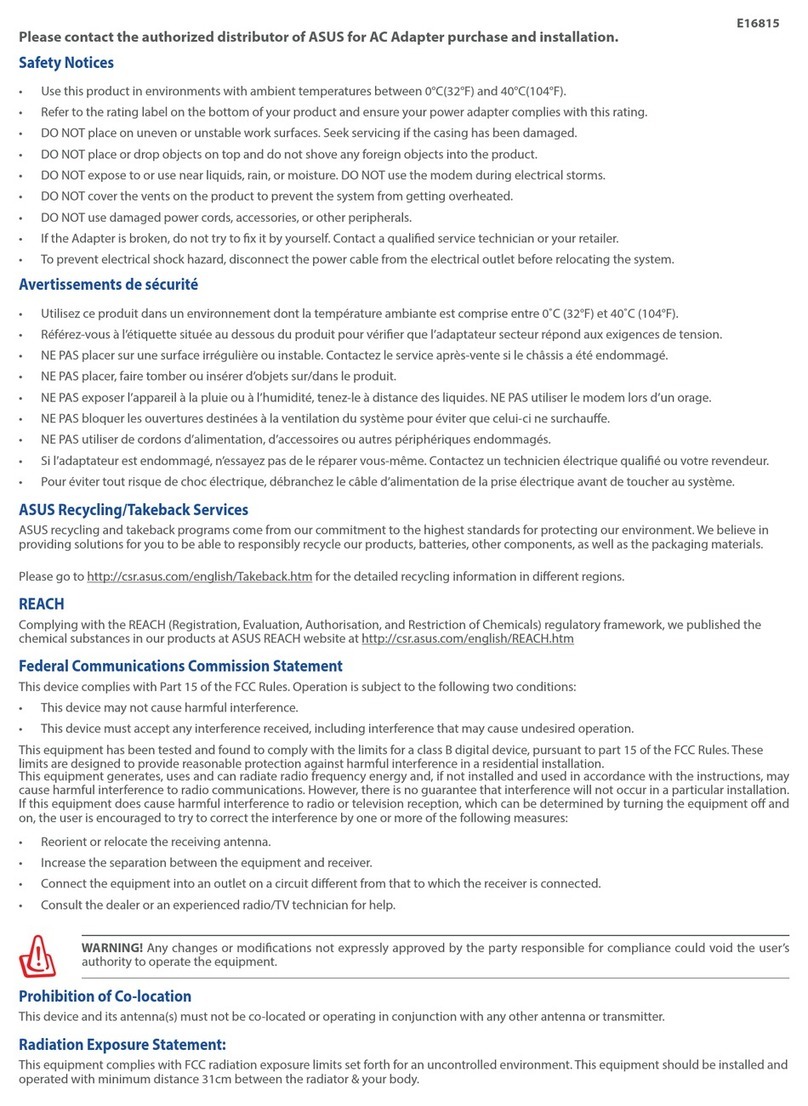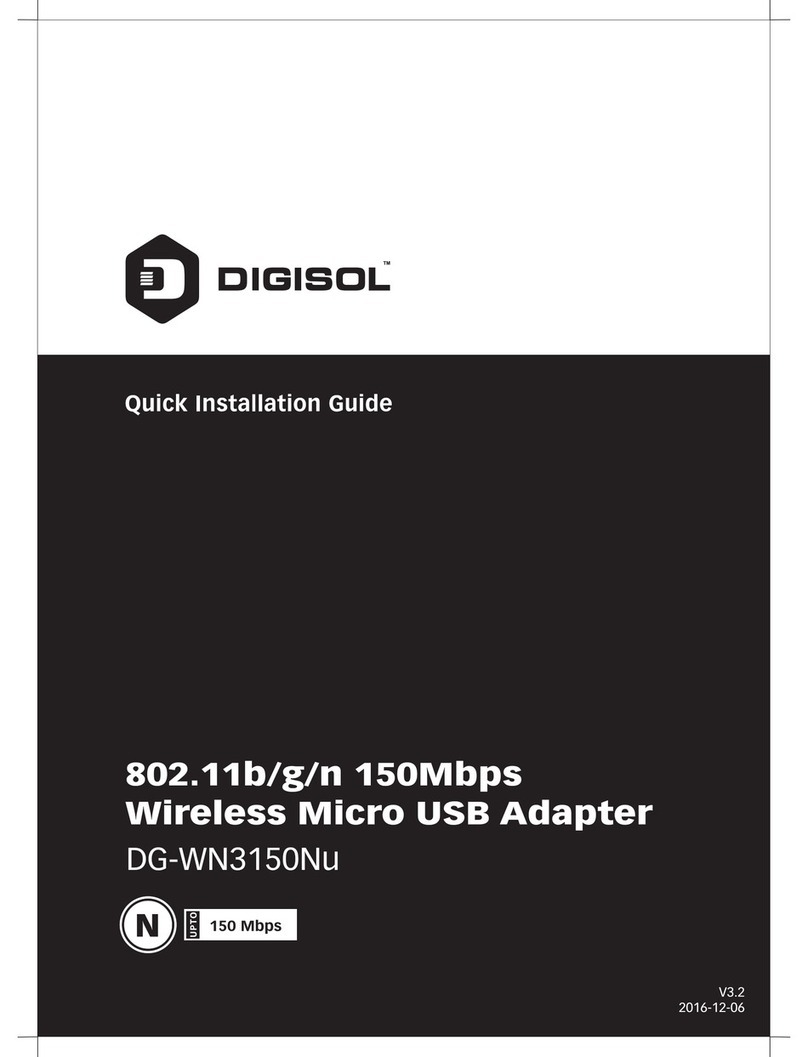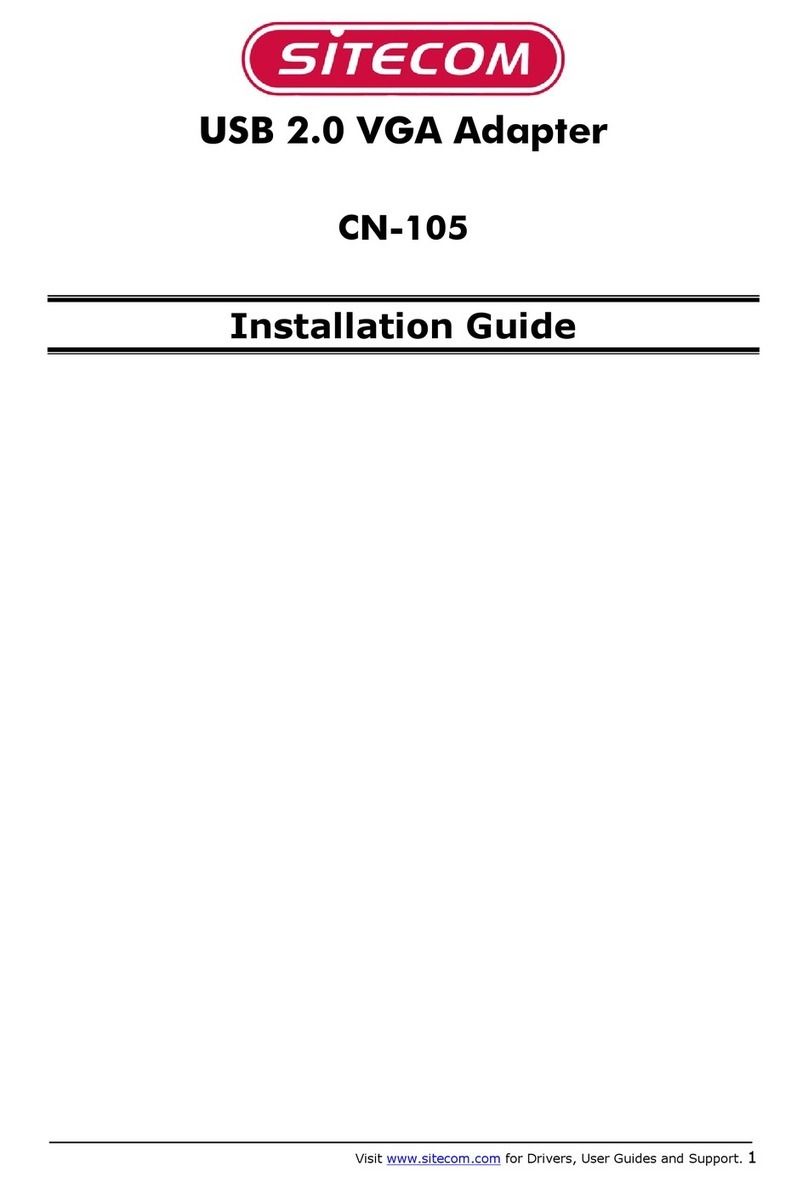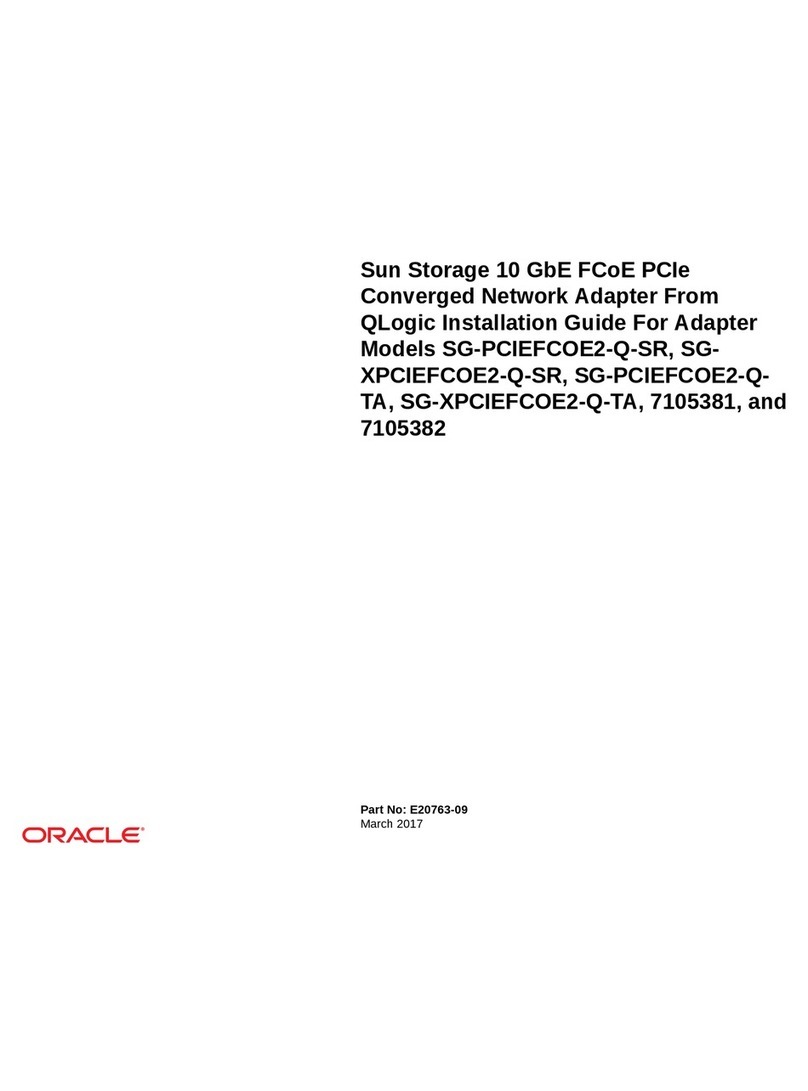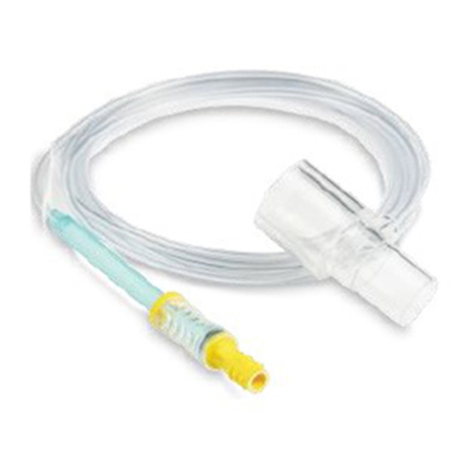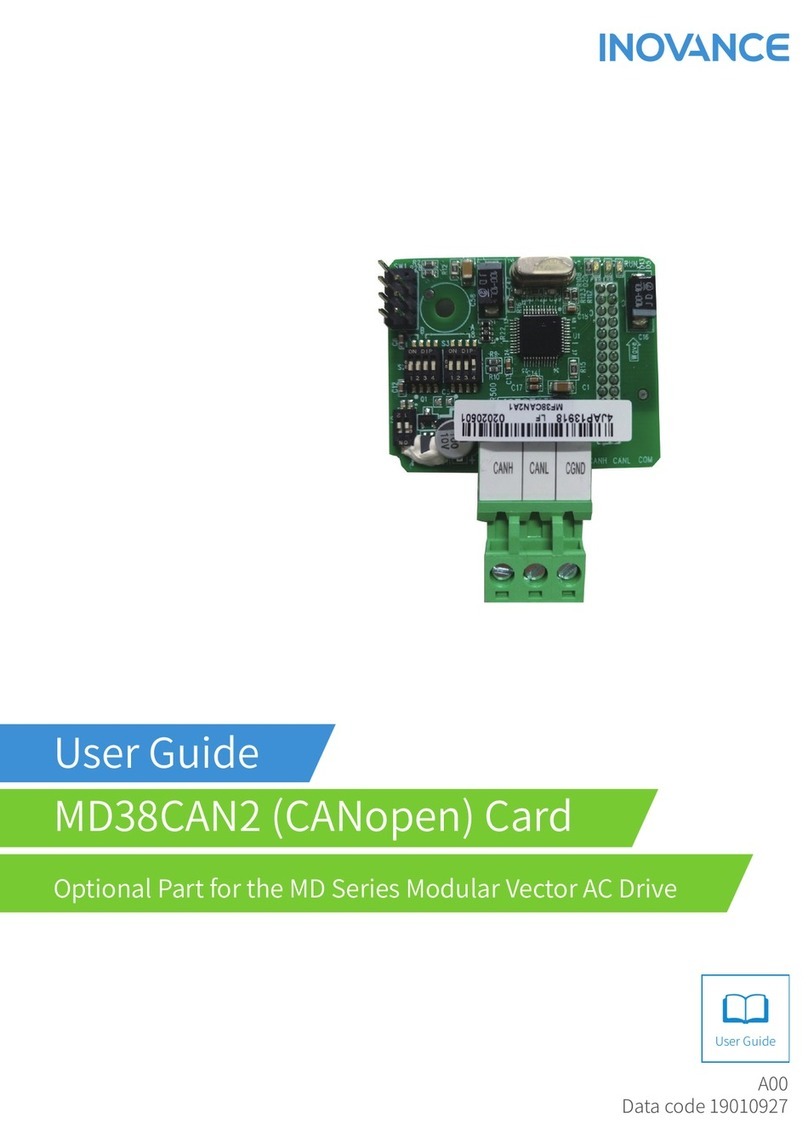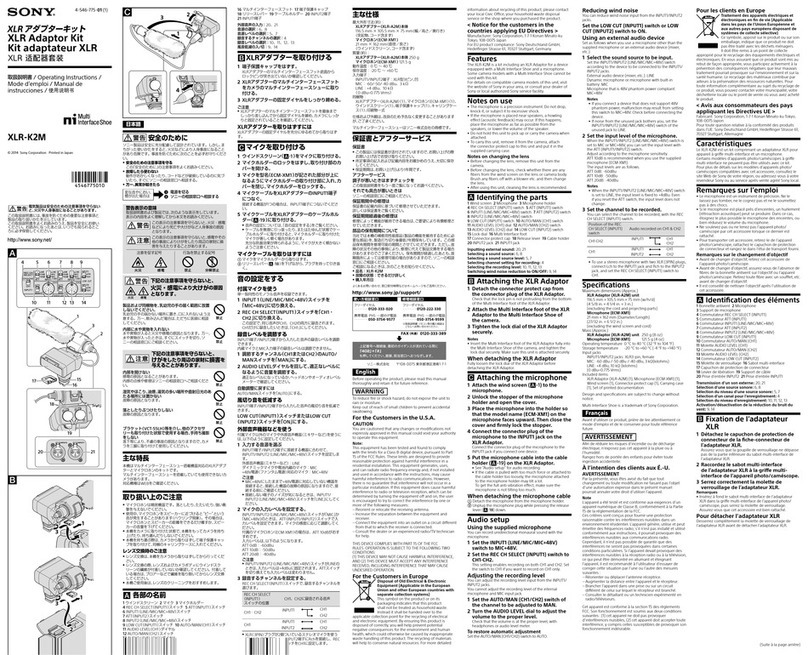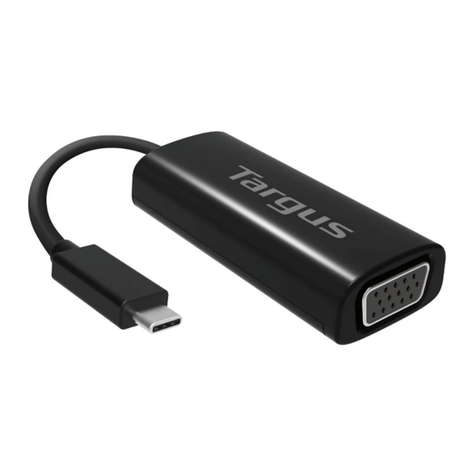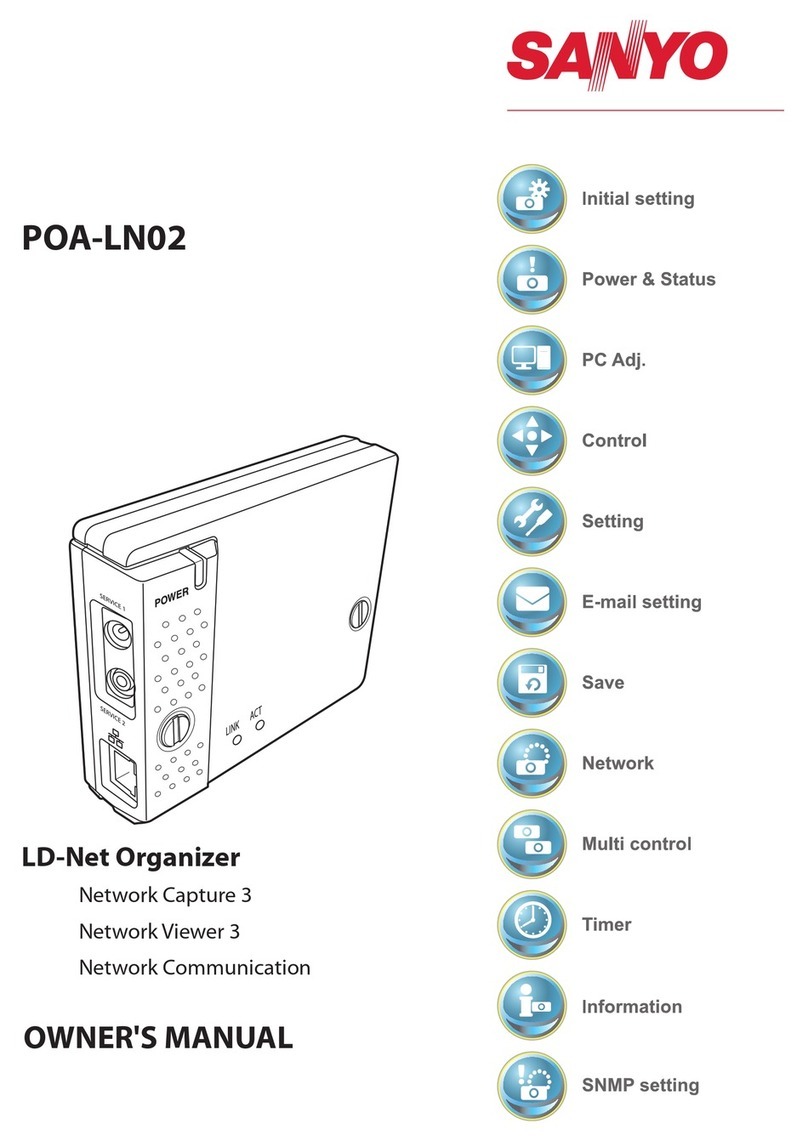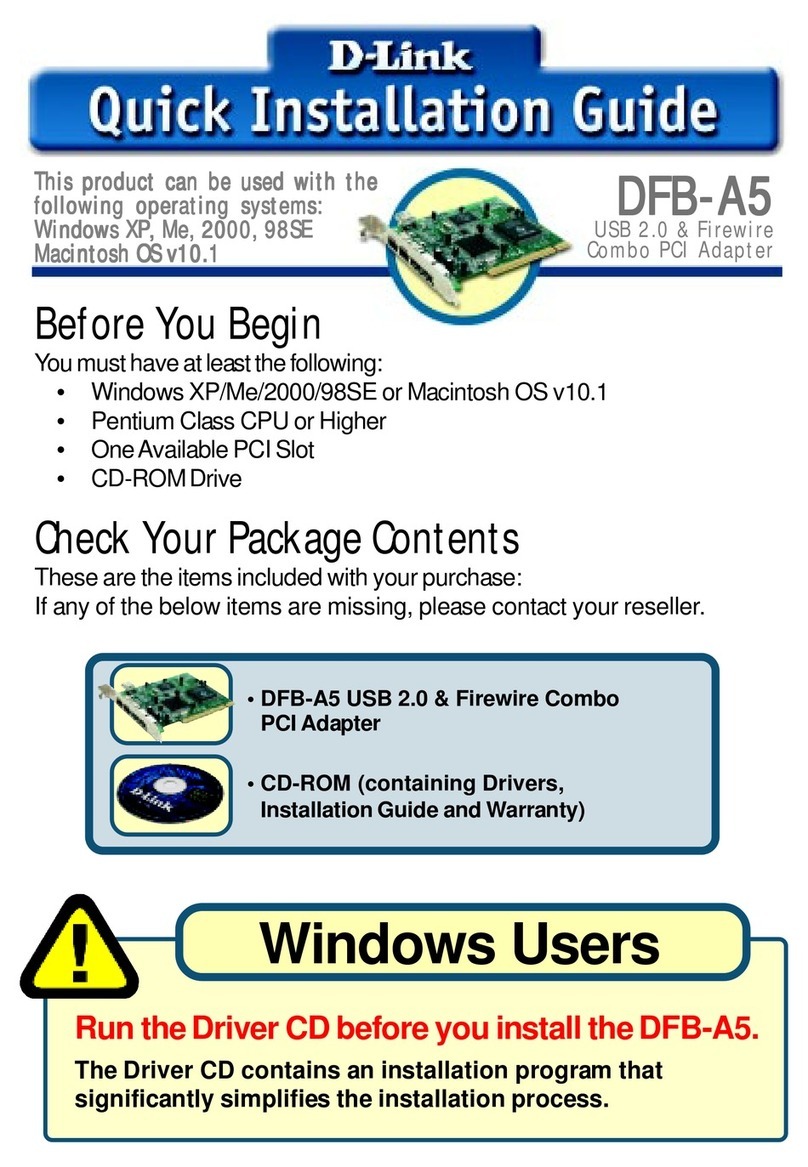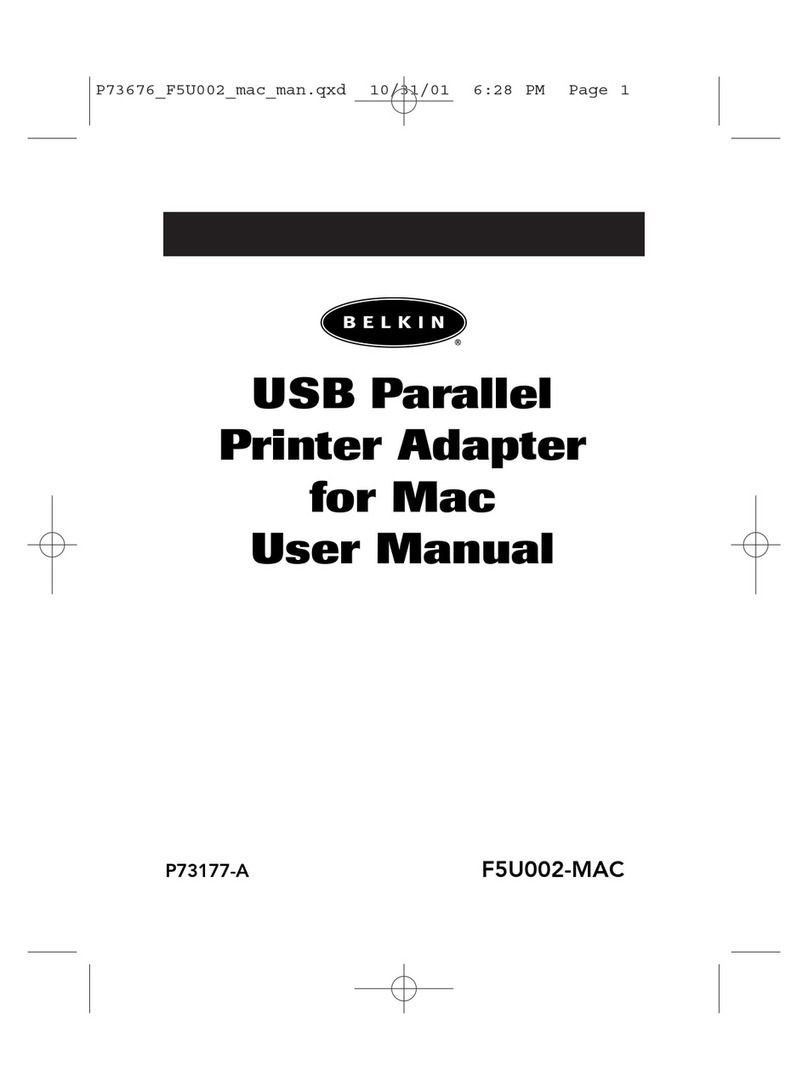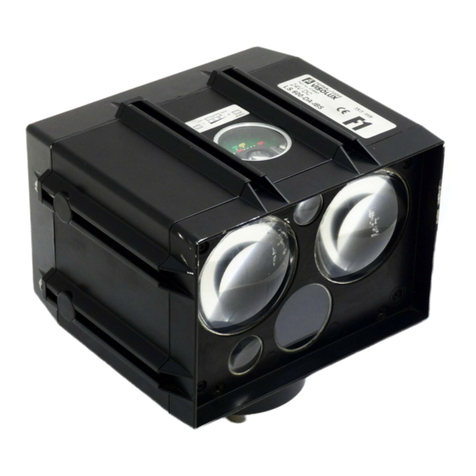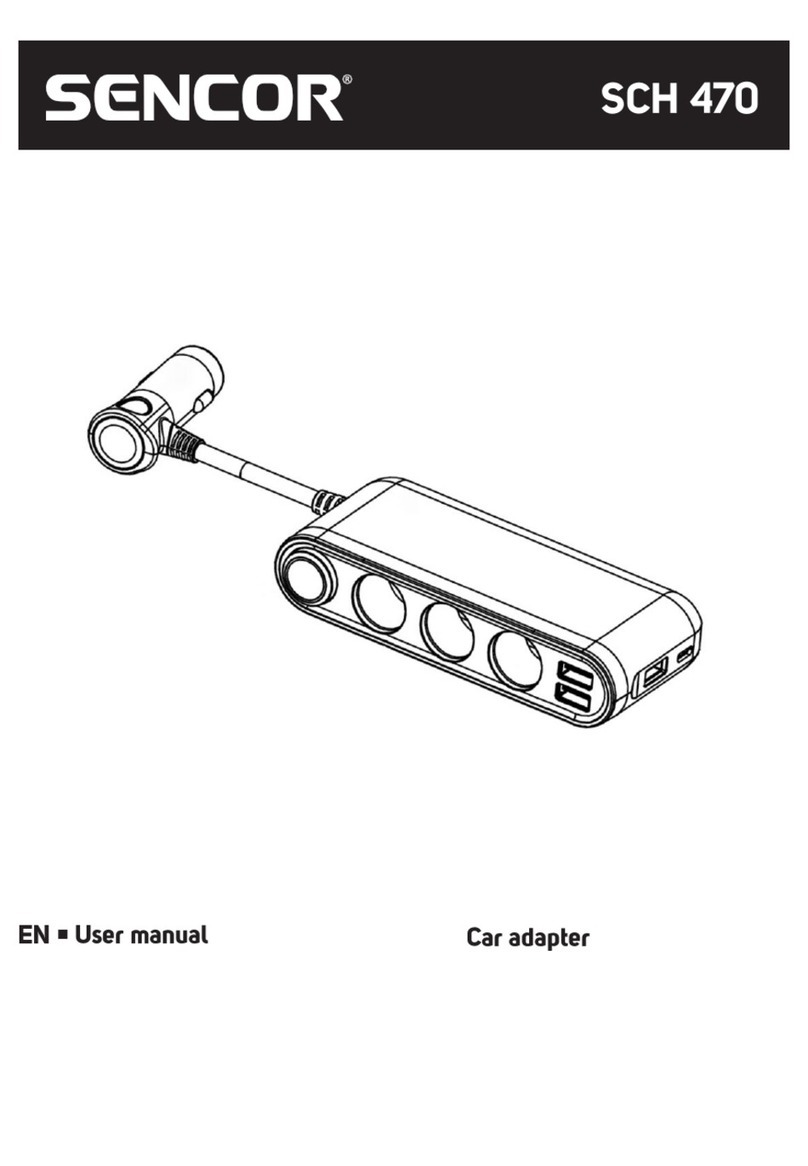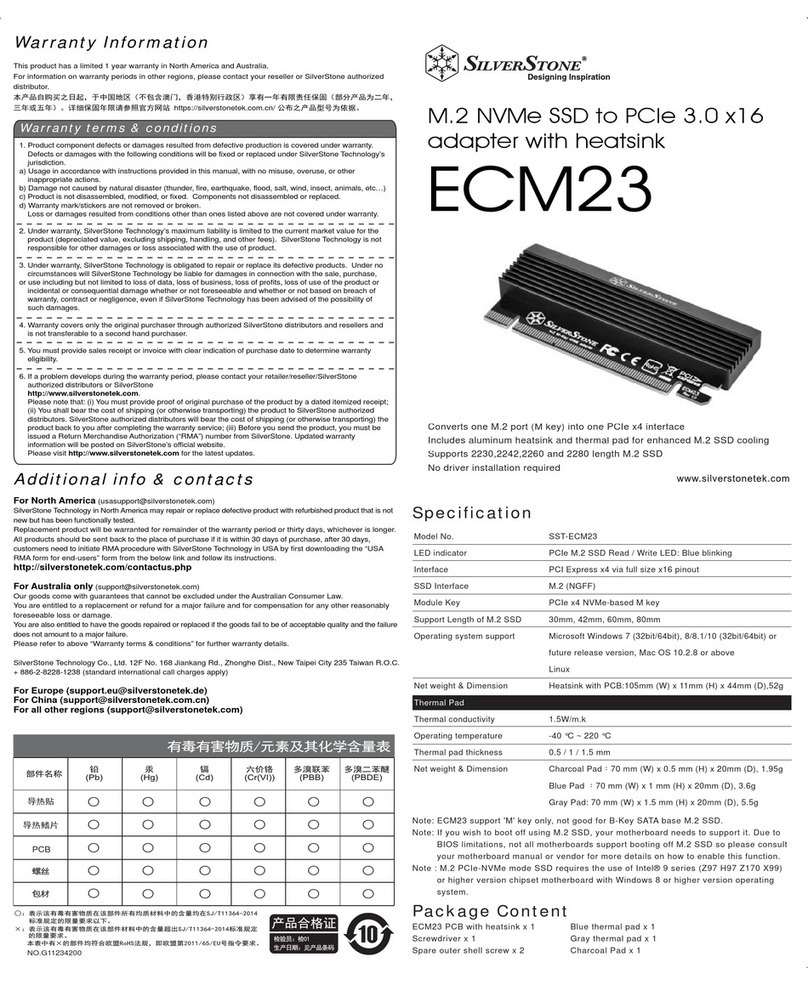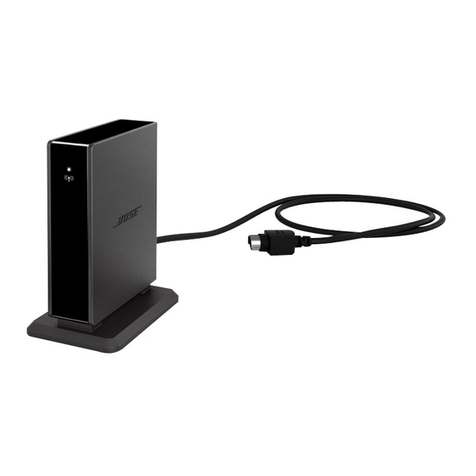Energyficient Q-Box User manual

Q-Box
™
Instruction Manual
products@energyficient.com | energyficient.com | 800-713-3732
1
IMPORTANT SAFETY INSTRUCTIONS
Q-Box should be installed by a qualified, licensed electrician. Modifying the product or altering the product
voids UL Certification Listing. Failure to follow these instructions could result in death, bodily injury, fire, or
electrical shock.
• Wet location rated only when cover is closed
• For use only on walls or ceilings
• Not inteded for use with ceiling fans or other heavy/large fixtures
• Q-Hub ETL Listed, Conforms to UL Std. 5A, Certified to CAN/CSA C22.2 #62.1
Q-Box™
Revealing a better way
Tools Needed for Installation:
1/4” Nut driver, Small flat blade screwdriver
1. Ensure bonded washer is present on supplied screw.
2. Position Q-Hub onto mounting surface.
3. Secure Q-Hub to mounting surface by running supplied screw in
until bonded washer is compressed and makes a watertight seal.
4. Ensure screw is properly seated to make a watertight seal as shown
in Figure 1.
5. If desired, a second screw can be used in alternate boss that is
provided inside junction box. When using a second screw, ensure
watertight seal is made either by adding silicone (or equal) or using
screw with bonded rubber washer.
6. If pre-installed mounting screw is removed from box to use
outboard mounting, seal hole in box with appropriate material, such
as silicone, to ensure a watertight seal.
WARNINGS
• Must use supplied mounting screw (#9-15x2”, 1/4” Hi-hex w/shoulder &
EPDM bonded washer, Type S, Shield Coated) or equivalent.
• If using any other screw type, care must be taken to seal around screw
head in interior of junction box with an appropriate sealant to ensure a
watertight seal.
• Failure to follow these instructions voids wet location rating of junction
box and may damage wires.
Inboard Mounting
NOTE: Q-Hub must be attached to a structural part of the building,
such as a rafter
MOUNTING THE QHUB
Outboard Mounting
NOTE: Outboard mounting screws are not provided. Q-Hub must be
attached to a structural part of the building, such as a rafter
1. Position Q-Hub onto mounting
surface.
2. Secure Q-Hub to mounting
surface using locations provided
on Q-Hub as shown in Figure 2.
3. It is recommended to use
an appropriate screw for the
environment, with a shoulder
large enough to avoid any slip
through the mounting locations.
Figure 2 - Outboard
Mounting Locations
Q-Box ships with mounting
screw pre-installed
Mounting screw properly installed
Figure 1 - Inboard Mounting
1. Remove cover from the Q-Hub
by placing a screwdriver into the
slot of the locking mechanism
and prying the cover counter-
clockwise until released from the
lock. Figure 4
Removing Cover
Figure 4 - Pry cover counter-
clockwise to unlock
1. Verify O-ring is in place and secured in gasket groove in Q-Hub. An
O-ring that is removed and/or not properly secured in groove may
cause water ingress inside Q-Hub.
2. Make sure O-ring is free from any debris, as this can compromise
proper compression of the O-ring, resulting in a leak point.
3. Position cover so alignment arrows line up. Alignment arrows are
located on cover, directly to the left of locking hole in Q-Hub.
The cover should seat completely into Q-Hub when lined up as
described.
4. Lock cover into place by turning cover clockwise until a click is
heard from cover locking into place. You should feel and hear cover
lock into place. Verify cover is locked into place. Figure 3
Attaching Cover
Figure 3 - Attaching Cover
O-ring in place &
secure
Align arrows Turn cover clockwise
until locked in place

Q-Box
™
Instruction Manual
products@energyficient.com | energyficient.com | 800-713-3732
2
Alternate Opening
A target location is provided in the center of the Q-Cover for an
alternate fitting opening. When using the alternate opening, drill either
a 1/2” or 3/4” hole, whichever is appropriate, for use with a wet location
listed cable gland adapter or other wet location certified adaptor, fitting,
or device to ensure a watertight seal. When mounting devices to the
Q-Cover use a coarse thread screw of a length that does not penetrate
the inside of the cover. If screw penetrates cover use a proper method of
sealing.
Gluing
To ensure proper adhesion and seal, use the approved glues (or
equivalent) listed below:
• Oatey All Purpose Cement #30821 For use with PVC, CPVC & ABS
• Oatey ABS to PVC Green Transition Cement #30900
• Oatey Purple Primer #30756 For use with CPVC & PVC
• Oatey Heavy Duty Gray PVC Cement
• Oatey Rain-R-Shine Medium Blue PVC Cement
WARNING
• Use of an unapproved glue may result in connection failure and voids all
safety certifications
Conduit Openings
Two conduit openings are intentionally left open to provide the fastest
install. If more openings are needed, simply knockout the plug in the
Q-Hub using a screwdriver or another tool, as shown in Figure 5. When
using knockout feature, ensure knockouts are smooth and free of burrs
or other sharp edges that may damage wires.
Nonmetallic fittings can be used in the conduit openings, but they must
be a UL approved fitting. In order to maintain a watertight seal, installing
a watertight UL approved fitting is required. Only glues stated in this
instruction manual (under “Gluing“ section) should be used.
WARNING
• All unused openings must be plugged with a UL Approved adapter.
Figure 5 - Conduit Openings
